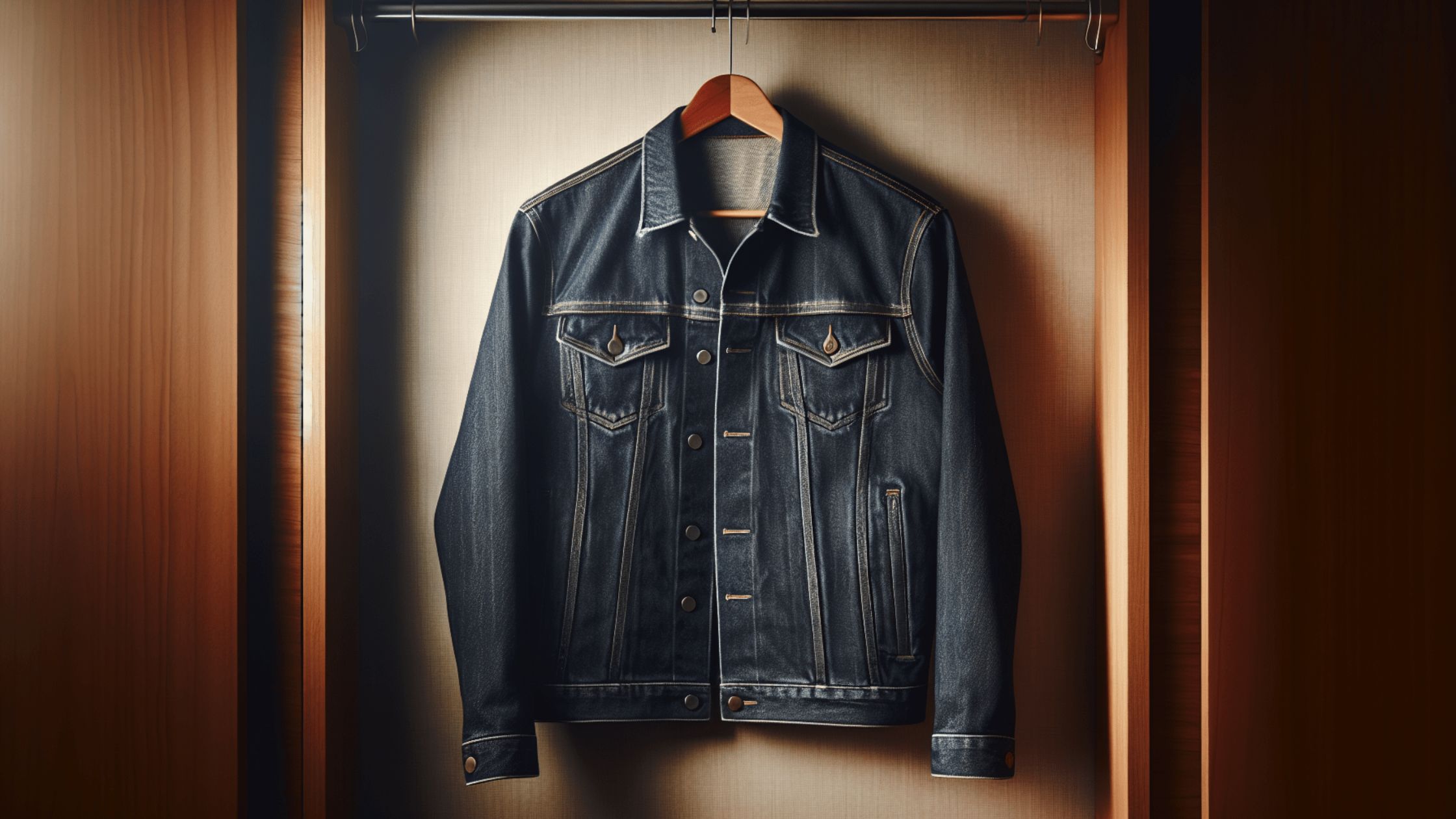Have you ever wondered how you can extend the life of your favorite pieces of clothing? Whether it’s a tailored suit, a casual T-shirt, or your trusty pair of jeans, knowing how to care for your wardrobe properly can make all the difference. In a world where fashion trends come and go at the blink of an eye, ensuring your clothes last longer isn’t just good for your wallet—it’s also environmentally friendly. Let’s dive into some effective strategies to help your men’s clothes withstand the test of time, maintaining their appeal and functionality.
Understanding Fabric Types
Understanding the type of fabric your clothes are made of is the first step in taking care of them. Different materials have distinct characteristics and require specific care to maintain their durability.
Cotton
Cotton is one of the most common materials found in men’s clothing. It’s breathable and comfortable but can fade and wear out if not properly cared for. Wash cotton clothes in cold water to preserve color and use a gentle cycle to prevent the fabric from wearing down.
Wool
Wool is prevalent in suits and sweaters because of its warmth and longevity. However, wool items require careful handling. Dry cleaning is often recommended for suits, but for sweaters, handwashing in cold water with a mild detergent is best. Lay them flat to dry to maintain their shape.
Denim
Denim is a staple in many wardrobes due to its durability. Still, washing jeans too often can cause them to lose their shape and color. It’s best to wash jeans inside out in cold water and let them air dry to extend their lifespan.
Synthetic Fabrics
Synthetic fabrics like polyester and nylon are known for their strength and resistance to wrinkles. However, they can retain odors. Washing them in warm water and allowing them to air dry can help eliminate smells and preserve the fibers.
Washing and Drying Tips
Proper washing and drying techniques are essential for maintaining the integrity of your clothing. A little attention goes a long way in ensuring your favorite pieces look new for years.
Sorting and Washing in Cold Water
Always sort your laundry by color and fabric type. Washing clothes in cold water is gentler on fabrics and helps prevent colors from fading. Cold water washing also saves energy, making it good for the environment.
Avoiding Overloads
Overloading your washing machine can damage clothes, as they don’t have enough room to move freely. This friction can cause fibers to break down, reducing the garment’s lifespan. Wash smaller loads to keep your clothes in top condition.
Use the Right Detergent
Using the right detergent for your fabrics is crucial. For delicate materials, select a mild detergent, while for athletic wear or heavily soiled items, a stronger formula may be necessary.
Air Drying
Whenever possible, air dry your clothes. The high heat from dryers can shrink and damage fabrics. If you must use a dryer, choose a low heat setting and remove clothes while slightly damp, allowing them to air dry completely.

Proper Storage Solutions
Proper storage can significantly impact how long your clothes stay wearable. How you fold, hang, and store affects their structure and appearance.
Hanging vs. Folding
Clothing items like button-down shirts, suits, and slacks benefit from being hung. Ensure you use the right hangers—wooden or padded hangers are ideal to maintain shape. Sweaters and T-shirts should be folded to prevent stretching.
Seasonal Storage
When storing off-season clothing, clean each item thoroughly to remove stains or dirt. Use breathable garment bags or fabric boxes to avoid mildew. Cedar blocks or lavender sachets can also prevent pests like moths.
Regularly Rotate Clothes
Rotating your wardrobe helps evenly distribute wear among your items, ensuring not just one piece gets worn out faster than others. This is particularly essential for shoes, which require a rest period between wears to retain their shape.
Repair and Maintenance Techniques
Even quality clothing can suffer from wear and tear. Learning basic repair skills can save you money and prolong the life of your clothes.
Sewing Basics
Learning some basic sewing techniques can help with minor repairs like replacing lost buttons or closing small tears. A simple sewing kit with needles, thread, and spare buttons is all you need to get started.
Using Fabric Glue
For those not inclined to sew, fabric glue is an excellent alternative for quick fixes. It’s particularly useful for hems and small holes. Just ensure the fabric glue is safe for the material you’re repairing.
De-pilling Devices
Over time, sweaters and knitwear tend to develop pills. De-pilling devices or fabric shavers can quickly restore your garment to like-new condition. Use them gently and regularly to keep knits looking fresh.

Choosing Quality over Quantity
Investing in fewer high-quality pieces rather than many fast-fashion items pays off in the long run. These pieces often feature superior materials and construction, which means they’re designed to last.
Research Before You Buy
Before making a purchase, research the brand and materials. High-quality garments may be more expensive, but they offer better durability and could have resale value if well maintained.
Look for Sustainable Brands
Many sustainable brands focus on ethical manufacturing and quality materials, providing you with clothing items that last longer while supporting environmentally friendly practices.
Sustainable Practices
Adopting sustainable practices is beneficial to the planet and helps extend the life of your clothes, contributing to a circular fashion economy.
Consider Vintage and Thrifted Options
Buying second-hand clothing gives garments a second life and often provides you with quality items that are no longer in production. Plus, vintage pieces can add unique style elements to your wardrobe.
Upcycling Old Clothes
Get creative and give old clothes new life through upcycling. Whether it’s turning worn jeans into shorts or using old shirts to craft a patchwork quilt, upcycling is fun and sustainable.
Final Thoughts
Prolonging the life of your clothes means practicing conscious purchasing, proper care, and considering the broader impact of your wardrobe choices. Whether you’re extending the life of high-quality pieces or repurposing worn garments, every effort counts towards creating a sustainable future. So next time you open your closet, think about how you can contribute to this positive change. Your clothes—and your wallet—will thank you!

